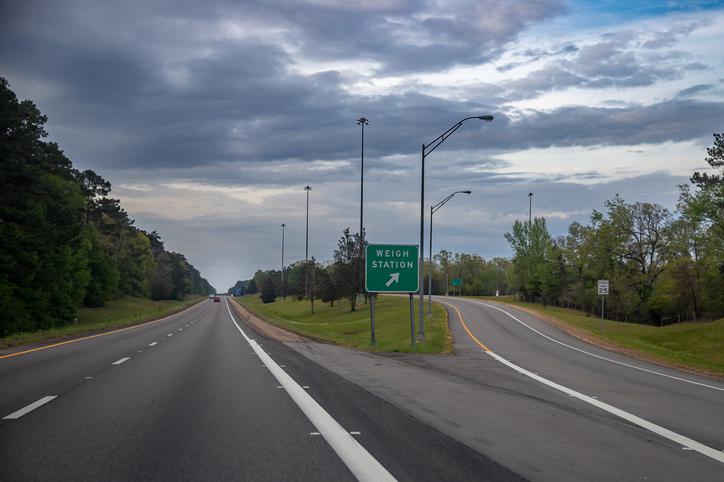The way Andrew Gade sees it, cops enforce California’s tint law the way they do the speed limit: They let people slide up to a point.
To be sure, you won’t see many California Highway Patrol officers pulling drivers over for doing 75 mph on a freeway with a posted limit of 65. But crank it up beyond 80 mph and that begins to change.
Similarly, Gade, the owner of San Diego Tint, says CHP and city police officers tend not to cite drivers if their front windows are graced with a relatively light tint.
One runs the risk of being pulled over, though, if windows are shaded a smoky gray and cops have trouble seeing in.
Despite that, customers take the risk. Fully 95 percent of them request that their front windows be shaded just as darkly as their rear windows.
Advertisement
Gade encourages them.
“I tell customers, ‘Do what you want to do and let’s keep our fingers crossed,’” he said in a telephone interview.
California has one of the nation’s stricter laws governing window tinting, one that Gade suggests is based on the grayer, rainier weather up north rather than the conditions we live with here in the south.
Southern California is clearly in the Sun Belt. And most sunny states -- Arizona, Nevada and Florida, for example -- are pretty loose when it comes to tint rules.
It’s not hard to see why pretty much anything goes in Arizona where “you can have it as black as a limo,” said Ken Harrison, owner of California Comedy Traffic Schools in Oceanside.
“It’s so hot over there, they have to allow it,” Harrison said.
Whatever the reason, California is different.
Windows behind the driver can be as dark as a vehicle owner desires. But the windshield must be clear. And the front side windows -- on both the driver’s and passenger sides -- must allow at least 70 percent of light to penetrate into the vehicle.
But what does that mean?
According to Harrison and the CHP, it boils down to this: The way your car came from the factory is the way you can have it, when it comes to the front windows.
“All glass in essence has some kind of tint,” Gade said.
Auto manufacturers make cars with a light tint because federal rules mandate a minimum of 70 percent of light get through.
For most tint-shop customers, that is not at all what they have in mind. They want their windows to be much darker than they were when they drove their cars off the lot.
“To a majority of the people out there, it pretty much looks like nothing,” Gade said. “Ninety percent of people would say, ‘That looks like clear glass to me.’”
Gade said most people don’t notice a shade until the tint rating reaches 50 percent.
“I call that street legal,” he said. “That’s where a law enforcement officer can still see right in.”
Gade suggests cops don’t bother motorists until the amount of penetrating light is squeezed to 35 percent.
But not to worry.
“It’s an infraction. It’s a fix-it ticket,” he said.
All one need do is run back down to the tint shop and have the film removed, then get the citing agency to sign off on it.
“Some of my customers come back in,” Gade said. “And we put it right back on.”

